- No products in the cart.
(1934) Woman with Canary – original graphical sheet bound into bibliophilia no. 500
Emil Filla
Drypoint , (1934), size 23,8 cm x 15,5 cm, denoted left bottom: „Emil Filla 34“
Signed right bottom: Emil Filla 34
Popis
Drypoint , (1934), size 23,8 cm x 15,5 cm, denoted left bottom: „Emil Filla 34“
Signed right bottom: Emil Filla 34
At the beginning of the 1930s, Filla´s work shows much more openly the erotica and desirous sexuality in the shape of giant women. Filla´s “monster women” create the impression of some evolution anomaly, they are flesh and blood, they have the monumental proportions of giants and they do not conform our routine understanding of beauty. They come to us from a different world that is set free from time, they are cursed – like the oriental omnipotent ghosts – into the small shapes of the graphic folios. In the reality, their proportions are gigantic, monumental. They have their right place only as the big frescos on the vast walls of public temples of the future man. The Titan-like woman, sleeping in the armchair with gaping mouth, is as if cursed into immobility by the fine-art legality. The peaceful shapes of gigantic size, volume and contour sound in full and more emphasised than the small shapes in movement. The widespread monster legs with gigantic feet uncover in absolute shamelessness the big black lap, that symbolises the fertile mightiness of the Mother Earth, that is based both on the male and female principles. There is a cage with canary placed on a high leg of the pedestal next to the armchair. The canary is about the same height as the gigantic mouth of the woman.
This drypoint drawing is the subsequent (third) variant of the motif Woman with Canary from the year 1933. On the painting created in the spring of the year 1933, the woman holds a sugar cube between her lips that is being pecked by a canary sitting on her shoulder. Filla saw such scene at home of his friend Dr. Vlastimil Juren, whose little daughter liked to feed her beloved canary like this – Filla even took a photograph of this scene. In the process of time, he came back to the “Catullus” motif and transferred it to aquatint combined with etching and drypoint. The homelike, intimate atmosphere of the drawing is emphasised by the “added” boxer puppy, that is playing with a ball in the right lower corner of the folio.
Bibliography:
Čestmír Berka: Emil Filla, grafické dílo, Odeon 1968, str.: 49,55, 266.
Další informace
| Autor | |
|---|---|
| Období | |
| Místo vzniku | |
| Rok vzniku | |
| Kategorie | |
| Technika | |
| Téma | |
| Signováno | |
| Rozměr díla | 30.5 x 47.3 cm, ⤢ 56.3 cm |
| Rozměr kresby díla | 23.8 x 15.5 cm |
Pro přidávání recenzí se musíte nejdříve přihlásit.



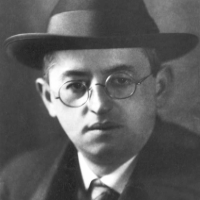

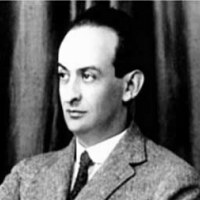


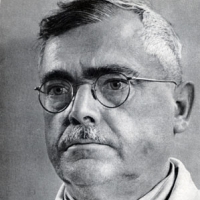
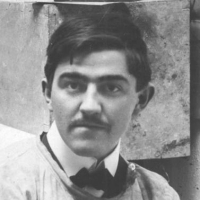
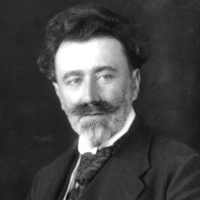
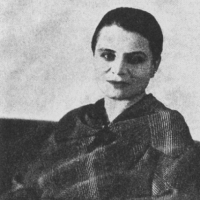


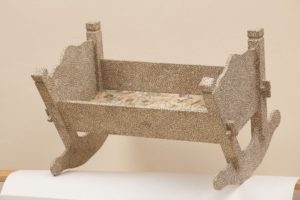
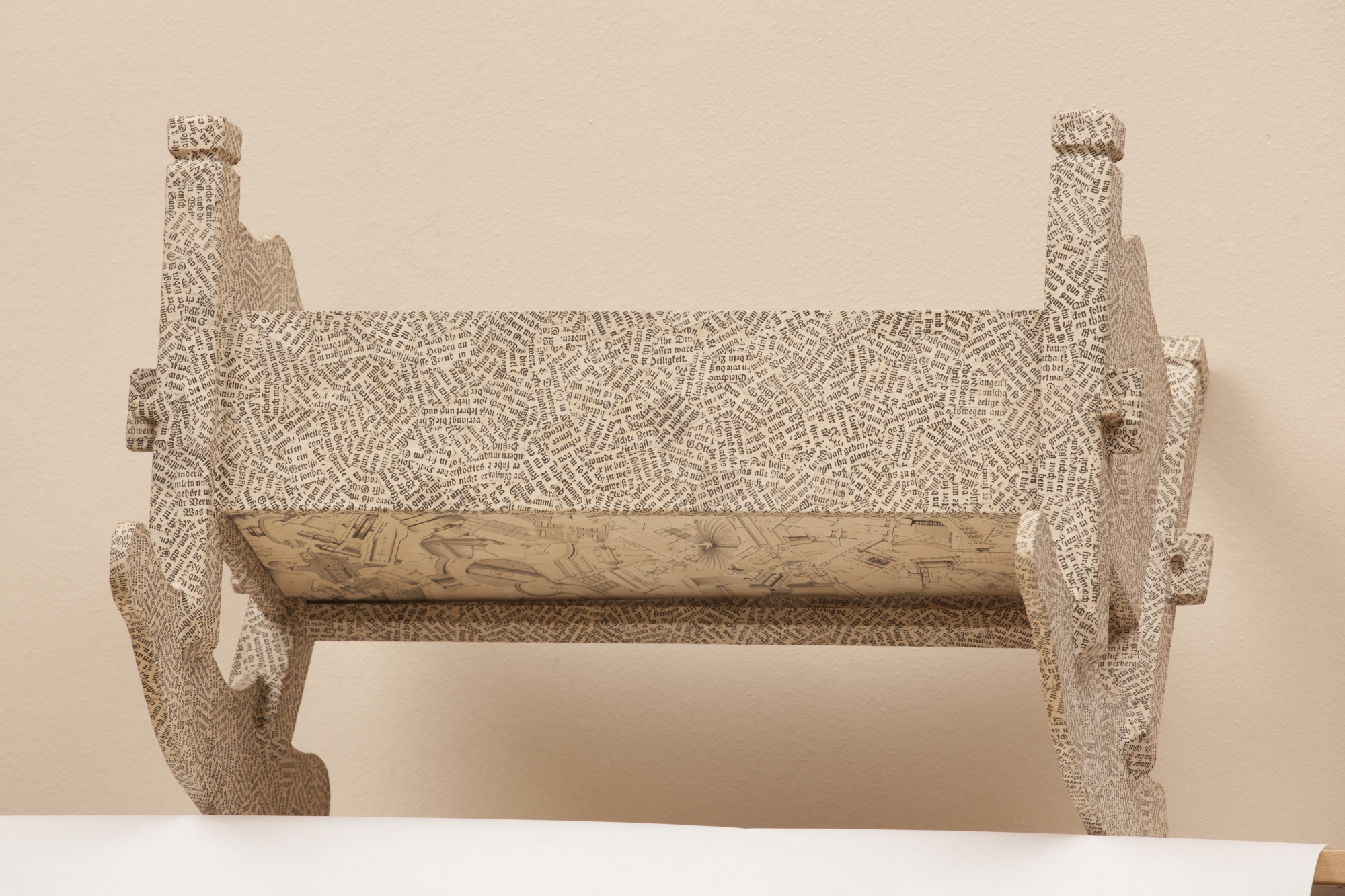


Recenze
Zatím zde nejsou žádné recenze.